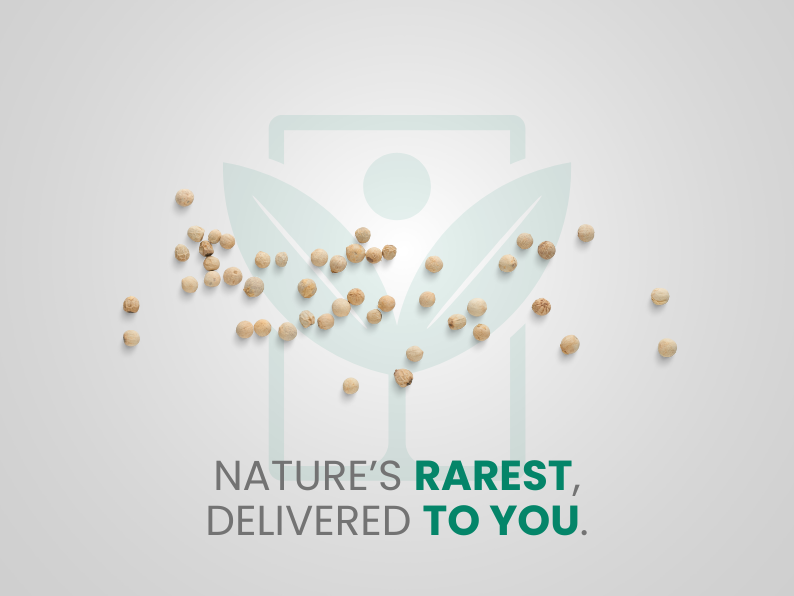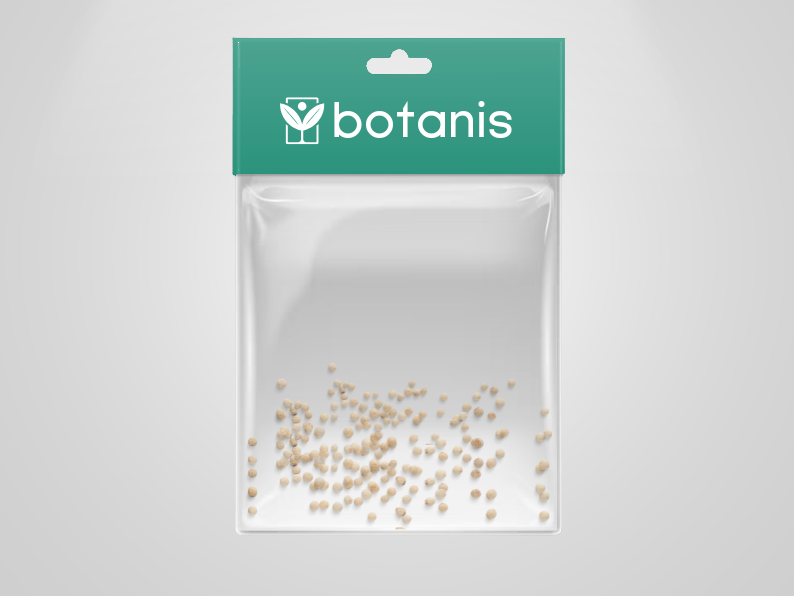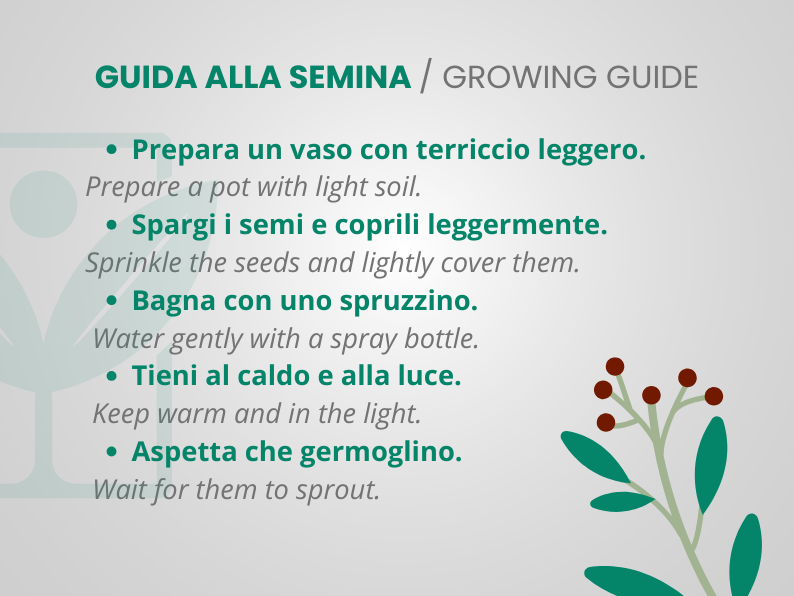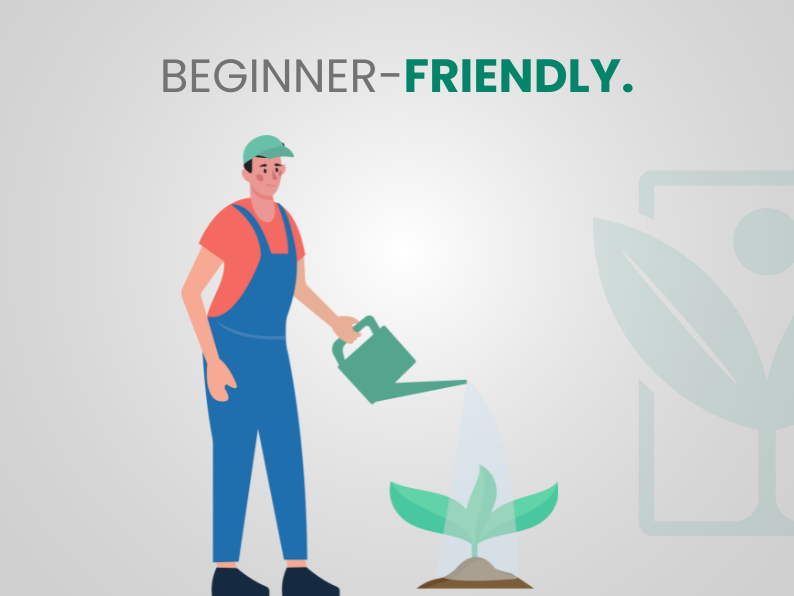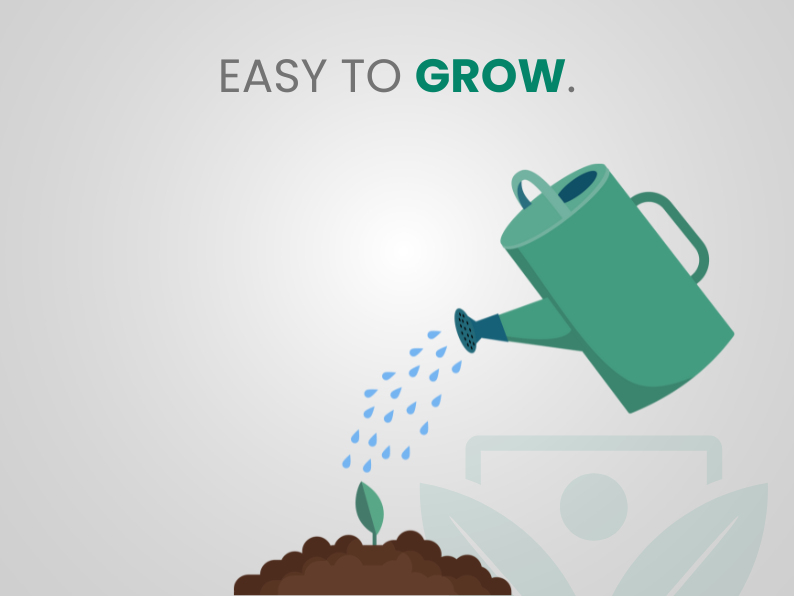30 WHITE CYCLAMEN flower seeds - flower seeds - high germination - seeds
Shipping time: 3-5 business days
Use code " BOTANIS10 " for a 10% welcome discount!
Free shipping: on orders over €39!
Couldn't load pickup availability

Description
The cyclamen (Cyclamen, Myrsinaceae family) is an autumn plant that, if well cared for, can continue to give us its colourful flowers until spring, even for several consecutive years.
Among the perennial herbaceous plants, it is one of the most appreciated for the bright colors of its flowers, with an intense scent. Furthermore, the cultivation of cyclamen does not require excessive care.
It comes in many sizes and colors. Buy plants with erect and turgid leaves and flowers, without discoloration or yellowing, spider webs or whitish spots. The soil must be slightly moist, never dry or soaked. When you move the leaves aside, in the center above the tuber, there must be many fresh buds. Check that there is no gray mold.
How to grow cyclamen
All cyclamens, whether wild Italian or cultivated, must ALWAYS live outdoors. Only the florists' cyclamen should be sheltered only if the temperature drops to 0 °C or below: move the pots between double-glazed windows or indoors in a cool room, or lay out a double-triple sheet of non-woven fabric. As soon as the frost passes, bring the pots back outside or remove the sheets.
Avoid exposure to sunlight in September-October and March-April for the florist's cyclamen, and from April to September for spontaneous cyclamens that live in the garden.
Don't hesitate to remove leaves and flowers as soon as they begin to wilt: if you delay doing so, they could rot, damaging the rest of the plant, or even becoming prey to gray mold.
The soil must always be moist, but it is necessary to avoid both stagnant water that could rot the tuber, and vaporizations as they could stain the flower petals. Do not pour water in the center of the plant because it could remain on the organs of the plant itself causing harmful mold.
Every two or three weeks it is good to fertilize with a fertilizer for flowering plants, administered together with the watering water.
Regularly remove faded flowers before they produce seed by cutting the stem at the base, near the tuber.
When the flowering ends
With the arrival of spring, florist's cyclamens slow down their vegetative activity, until they stop completely in summer. So don't be alarmed if the leaves become dry: they will renew themselves in autumn. In fact, in May, or when the first warm weather arrives, stop watering and fertilizing: the leaves really need to dry out. Tear them off and take the pot to a dark, cool place, giving it a little water once a month. In September, bring the pot back to the light and air, starting to water and fertilize again: the tuber will bloom again in February, or even earlier.
Also in spring it can be useful to repot the plant at the end of flowering, but only if the roots have completely occupied the pot. For this operation you should use a mixture of leaves, sand and peat mixed in equal quantities.

